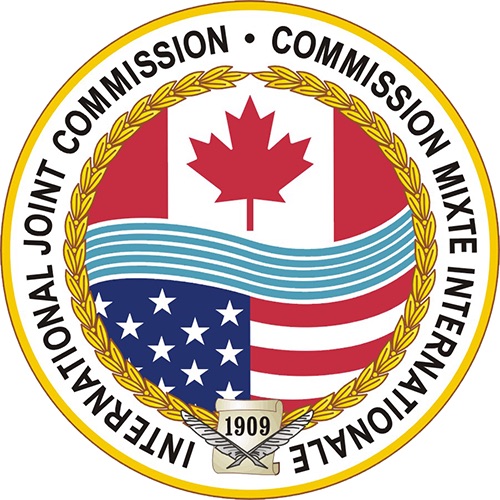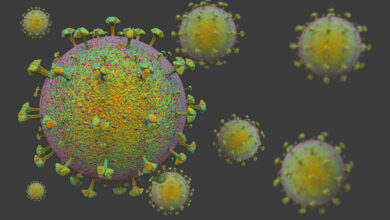Great Lakes Early Warning System development studied

What would it look like if we could anticipate the next big ecological threat to the Great Lakes before it happens? A new report from the International Joint Commission’s (IJC) Great Lakes Science Advisory Board (SAB) looks at what it might take to “get ahead of the curve” and develop an early warning system. The SAB report, Towards a Great Lakes Early Warning System, looks at the feasibility of a basin-wide framework to anticipate emerging threats to water quality in the Great Lakes. The report recommends that the IJC should oversee a unified Great Lakes Early Warning System (GLEWS).
“While we can react to the problems we know about, it is a challenge to foresee the unknown threats before they become established problems,” said Carol Miller, SAB Science Priority Committee US co-chair and director of Healthy Urban Waters at Wayne State University in Detroit, Michigan. “The science and government management community recognizes the need to anticipate and address emerging threats, but we know there are challenges to coordinating and executing an early warning system for an ecosystem as large as the Great Lakes basin.”
The report is the first phase of the SAB’s work to develop a Great Lakes early warning system. This first phase of research focuses on the organizational elements of a framework that can guide and unite governments’ monitoring of, and responses to, emerging threats.
“The basin is immense and will face critical new threats. Anticipating those threats involves all of the numerous Great Lakes institutions, so the SAB first evaluated six different ways an early warning system could be organized,” said Gavin Christie, SAB Research Coordination Committee Canadian co-chair and division manager at the Department of Fisheries and Oceans Canada-Great Lakes Laboratory for Fisheries and Aquatic Sciences in Burlington, Ontario. “The IJC’s unique role as an independent, bi-national science-based institution positions it to be the ideal organization to oversee the development of such an early warning system. To succeed, an early warning system will involve cooperation and commitment from agencies at all levels of government and subject matter experts from across the region.”
The report considers the feasibility of such a coordinated system and acknowledges that there would be substantial implementation costs. However, the cost of inaction or inadequate anticipation and response to emerging threats outweighs the cost of a Great Lakes early warning system.
“The current COVID-19 pandemic is a stark reminder of how disruptive influences can affect large geographic areas,” said Lucinda Johnson, SAB member, University of Minnesota-Duluth Natural Resources Research Institute associate director and initiative director for water, and co-chair of the GLEWS work group. “The challenge is to create a framework that can function at the basin-wide scale, but also be relevant to smaller regions, or even communities.”
“In the 1990s, the Great Lakes experienced a similar disruption when zebra and quagga mussels invaded,” said Michael Twiss, SAB member, chair of the biology department at Clarkson University in Potsdam, New York, and co-chair of the GLEWS work group. “This could have been prevented if early warnings of their invasion had been heeded, so we need a system that is not only basin-wide, but that institutions can, and do, act upon.”
The second phase of the SAB’s work to establish a Great Lakes early warning system will examine the framework itself, including the risk assessment and analytical components needed to evaluate potential threats.
Provided information





